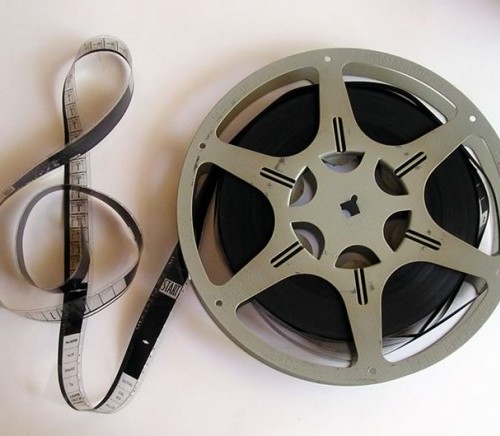Of all industry roller coasters, the music industry must be the wildest.
The last 30 years reshaped the business in a way we never could have imagined. Music as a product changed dramatically (e.g. from LPs to MP3s) and the ups and downs in worldwide sales would make the most hardened theme park visitor queasy. Nonetheless, we have yet to experience the biggest switchback on this rollercoaster ride.
The clues for what’s around the next turn lie in a sister industry — movies.
Let’s start by taking a look at the music industry. According to the IFPI (International Federation of the Phonographic Industry) revenue peaked at $38bn worldwide in 1999, collapsed down to $16 billion (2011), edged up somewhat the year after, only to fall back down again to $15 billion last year (2013). The transition from analogue to digital played an important role in all of this: it made music piracy easy for the casual music fan. Piracy is real and doesn’t need further explanation. The industry, however, makes it the scapegoat, conveniently forgetting some other (often self-inflicted) wounds.
Meanwhile, the movie market blossomed from $80bn to $88bn in 2013 (source: PWC). The industry is projecting this figure to reach $100bn in the next few years to come, with growth across countries worldwide. What’s going on? Movies have gone (mostly) digital, too. And piracy is no less of an option through services like XBMC (Xbox Media Center), Popcorn Time and the plethora of Torrent services.
The key difference lies in what’s called “windowing”, i.e. the creation of exclusivities (for the exact same movie or TV show) around format, time, geography, etc., with each sold to the highest paying customer.
For example, when a movie is first released, it’s typically only available in theaters. Avid movie buffs will pay $10-$15, just to see it once. After that it becomes available on DVD (again $10, this time to own and view multiple times), then Video-On-Demand (think $4 to view over 48-hours), then pay-TV (e.g. HBO at $10/mo, with limited scheduling) and streaming (e.g. Neftlix at $8/mo, easy scheduling), eventually ending up for free (e.g. TNT, assuming you forget about the ads). I skipped and rounded a few release windows here, but it gives you the gist.
The same piece of content is sold over and over again, each time maximizing the end-user’s willingness to pay. Windows of exclusivity can last for decades and be cut across anything that allows for differentiation: format, geography, quality, etc.
Movie and TV content owners are masters at this game. In many ways, it’s a superior form of packaging and pricing, the very two things the music industry fumbled on.
But this is about to change, because on-demand music subscription services (such as Spotify, Rdio, Rhapsody, etc.) will unlock the opportunity for windowing in music.
Windowing is where they will start taking a page out of the movie/TV book. Windowing in music has become easy through the inherent streaming nature of subscription services. This means that on-demand services can buy (temporary) exclusive access to a certain artists, tracks or albums.

